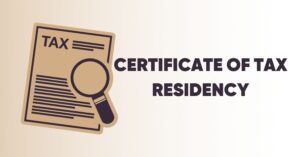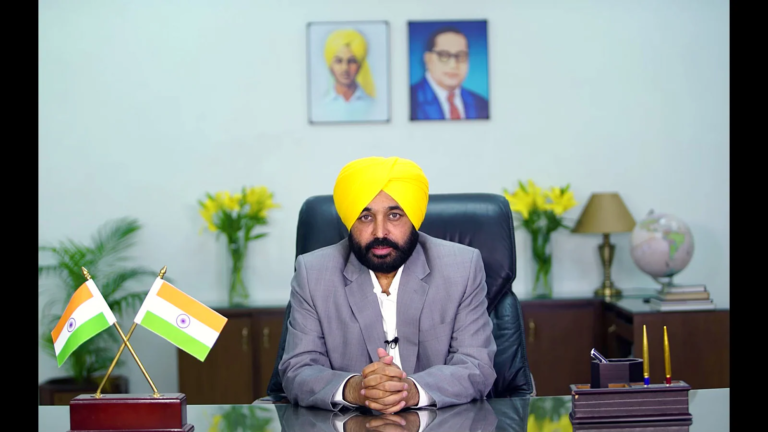What is a Tax Residency Certificate (TRC) & How Can NRIs Get TRC in India?

In an increasingly globalized economy, many individuals and businesses find themselves earning income from multiple countries. This complex financial scenario can often lead to the risk of double taxation, where income is taxed in both the source country and the resident country. To mitigate this issue, nations have established Double Taxation Avoidance Agreements (DTAAs). A critical tool in taking advantage of DTAAs is the Tax Residency Certificate (TRC), which helps taxpayers prove their tax residency status to avoid double taxation. This article delves into the nature of TRCs, how they are obtained, particularly by Non-Resident Indians (NRIs), and their benefits.
Contents
- 1 What is a Tax Residency Certificate (TRC)?
- 2 Eligibility Criteria for Getting TRC
- 3 Types of Resident in Income Tax
- 4 Benefits of Tax Residency Certificate (TRC)
- 5 Tax Residency Certificate Requirements
- 6 How to Apply for a Tax Residency Certificate in India?
- 7 How to Obtain a Tax Residency Certificate for NRIs?
- 8 What is the Renewal Process?
What is a Tax Residency Certificate (TRC)?
A Tax Residency Certificate (TRC) is an official document issued by the tax authority of the taxpayer’s country of residence. It provides proof that an individual or a business entity is a resident of that country for tax purposes during a specified financial year. This certificate is particularly important for those who earn income from different international sources, as it is required to claim the benefits provided by Double Taxation Avoidance Agreements (DTAAs). These agreements between two or more countries aim to prevent the same income from being taxed twice.
Eligibility Criteria for Getting TRC
The eligibility to obtain a TRC depends on the tax residency status as defined by the tax laws of the issuing country. Generally, the criteria include:
- Physical Presence: The individual or entity must have spent a significant amount of time in the country, typically measured in days within the fiscal year.
- Economic Ties: The applicant should have substantial economic or personal ties to the country, such as employment, a place of business, or a permanent home.
Types of Resident in Income Tax
India categorizes tax residency into three distinct statuses, which determine how an individual is taxed:
- Resident and Ordinarily Resident (ROR): Individuals who are in India for at least 182 days during the fiscal year or have been in India for a total of 730 days or more in the seven preceding years.
- Resident but Not Ordinarily Resident (RNOR): Individuals who do not meet the criteria of ROR but have spent a considerable amount of time in India over the previous years.
- Non-Resident (NR): Those who are in India for less than 182 days during the fiscal year and do not meet the other criteria that would classify them as residents.
Benefits of Tax Residency Certificate (TRC)
Obtaining a TRC offers several advantages:
- Avoidance of Double Taxation: The main benefit, ensuring that income earned internationally is not taxed in both the source and resident country.
- Facilitation of Financial Transactions: It acts as proof of residence for banking and investment purposes.
- Simplification of Tax Compliance: The TRC supports tax filings and dealings with tax authorities, particularly in foreign countries.
- Administrative Ease for Businesses: Multinational companies find TRCs useful for simplifying tax-related administrative procedures and reducing potential disputes with tax authorities.
Tax Residency Certificate Requirements
To apply for a TRC, the applicant must:
- Be a tax resident according to the local laws.
- Have a fixed place of business or domicile in the country from which they are applying.
How to Apply for a Tax Residency Certificate in India?
The process to apply for a TRC in India involves several steps:
- Form 10FA: Complete and submit this form to the Income Tax Department. This form requires details about the applicant’s residency status, duration of residence, and the fiscal year for which the TRC is requested.
- Documentation: Attach proof of residency, such as utility bills, rental agreements, or employment records.
- Review Process: The tax authorities will review the application and the supporting documents.
- Issuance of TRC: If the application is approved, Form 10FB is issued as the TRC.
How to Obtain a Tax Residency Certificate for NRIs?
Non-resident Indians can obtain a TRC from the country where they are considered tax residents by:
- Gathering necessary details such as name, nationality, Tax Identification Number (TIN), and the period of residency.
- Approaching the tax authority of that country and providing the required documentation.
- Submitting any additional forms that might be required by the Indian tax authorities to prove their tax status abroad.
Form 10F Income Tax
This form is used when the TRC does not include all necessary information or when an NRI cannot furnish a PAN card. It serves as a supplementary document that provides tax residency information and helps confirm the individual’s compliance with their tax obligations in their country of residence.
What is the Renewal Process?
The renewal process for a TRC is important to ensure continuous access to DTAA benefits:
- Annual Application: TRCs are valid for one fiscal year, so a new application must be submitted each year.
- Updated Documentation: Provide current proof of residency and any changes to the applicant’s tax status.
- Submission: The updated application and documents must be submitted before the end of the fiscal year to avoid gaps in eligibility for DTAA benefits.
These detailed explanations and step-by-step guides should help clarify the significance and process of obtaining and renewing a Tax Residency Certificate, especially for NRIs and those with multinational economic activities.





